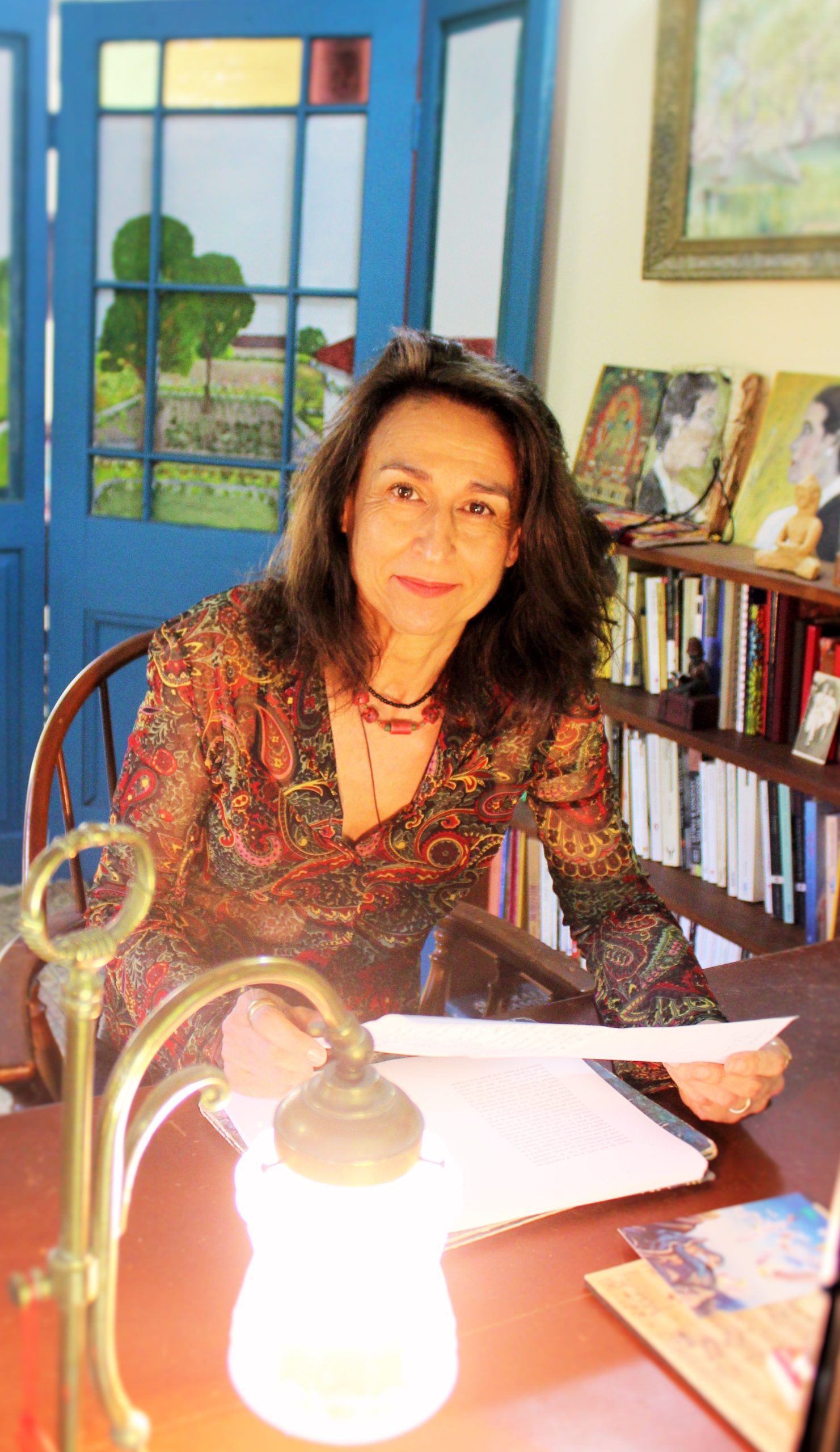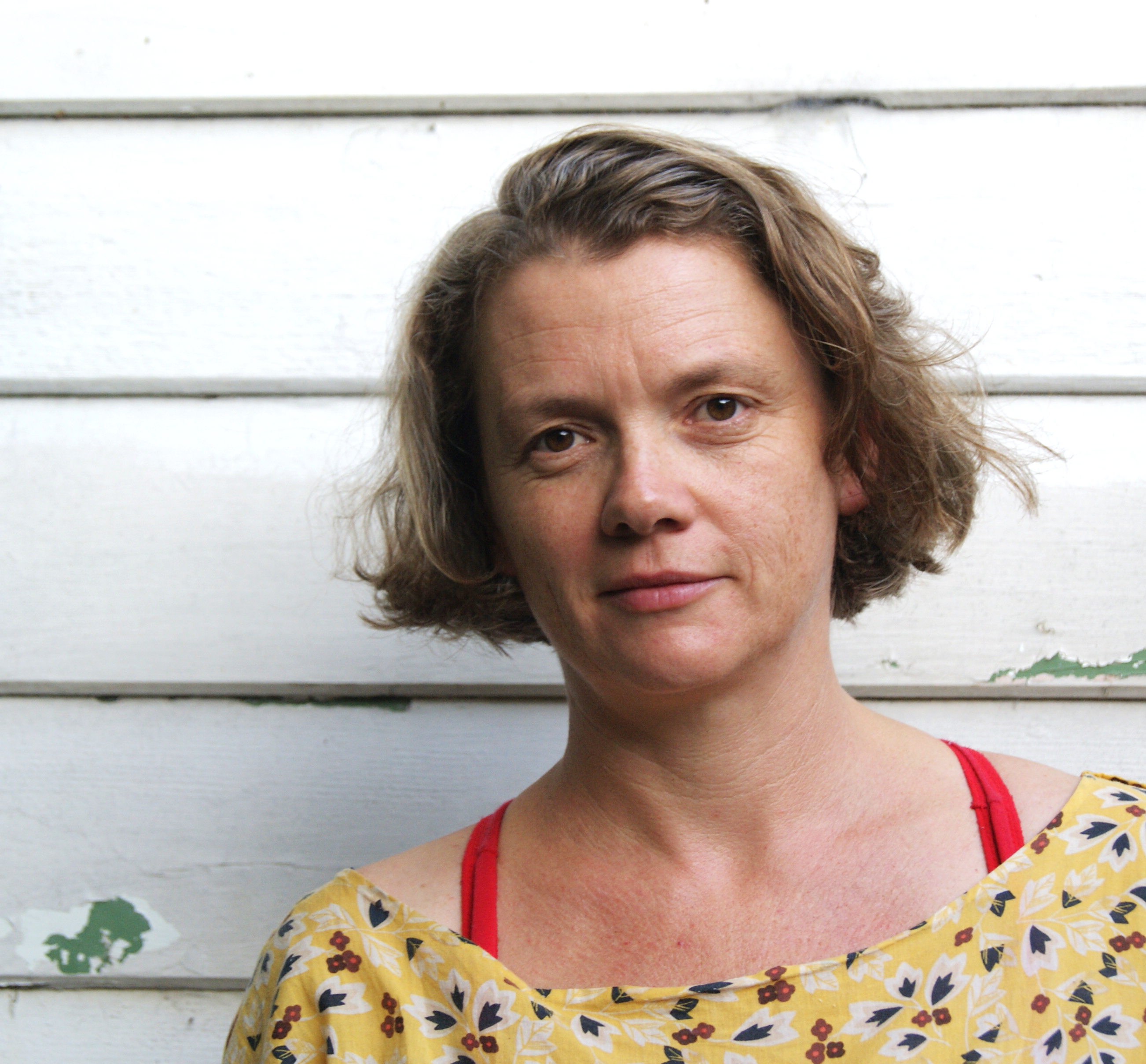How would you describe Lisette?
Lisette relates the life and death of Lisette Nigot, a close friend of mine who asked me before her death in 2002 to talk about her experience. She had decided to end her life at the age of 79, a few weeks before her 80th birthday. She was not terminally ill, yet she had planned her death for a few years, attended the Exit International meetings to seek technical advices regarding the various methods to end one’s life. Lisette was lucid, she anticipated her decline and acted before it was too late. I see Lisette as a stoic warrior, a modern-day Seneca. And I admire her courage.
What drew you to write this book?
I wanted to keep my promise. The book is also the portrait of a fascinating woman who was ahead of her time. Independent in an era when women were not, born in 1922, she left France when she was 17, graduated at the university of Chicago, worked in New York then in Perth as a university professor, earned a living, never depended on anyone else but herself, never wanted to be married or to have children. She reminded me of my own mother in many ways: strong-minded, independent and endowed with a good sense of humour. They embodied a pioneer generation when women’s status started to change radically thanks to contraception.
Can you share your experience of writing this book?
It took me a long time to reflect about what happened. I had to grow older to fathom Lisette’s decision which partly puzzled me at the time. Had I undertaken the work earlier, I would have been unable to speak about Lisette’s rationale suicide with accuracy and honesty. Growing older allowed me to acknowledge that there are blind emotional spots in other people as well as in ourselves, and we must accept and respect their decisions when it concerns their freedom of choice regarding their own life, and we ought to respect it without judgment, without rejection, without self-righteousness even if we do not fully understand their personal motives. Putting rationale suicide down to depression is a misleading shortcut we use to sound polite and civilised.
Who is this book for?
I wished that we, as a society, could show more understanding when it comes to aging. The book is a meditation to invite the reader to ponder about aging and death. Once we stop working, we disappear from the picture. From then on, we are looked upon as elders who have two options to find a meaning to their life: going on a cruise or looking after their grand-children. A few years down the line, we are bound to end up in a nursing home or a retirement village. Lisette didn’t belong to any of these categories and she felt out of place in our society which value youth, beauty and motherhood. An older woman become slowly transparent, disempowered, a second-class citizen especially when she grows old without husband or children to ‘shelter’ her.
When and where would be the perfect time or place to read this book?
Read the book if you are young, because a young person will soon be an old person. When I was young, I thought that aging and death would never happen to me. Read this book if you are older to be aware of your own disarray if you feel out of place, patronised by your doctor or misunderstood by your friends and your family.
What do you hope readers will take from this book?
I wish them to open up and start pondering about sensitive issues we seldom talk about because they are confronting. Silence takes at least two people: the silence of the one who cannot speak, and the silence of the one who doesn’t want to hear. On the one hand, we have the silence of those who cannot speak, that is, the silence of the elderly, the third, fourth and fifth age since people live longer. On the other hand, we have the silence of those who do not want to hear and therefore, do not acknowledge the elders’ voices when it comes to be seen not as geriatrics but as citizens with human rights, men and women endowed with a freedom of choice, real people with a rich past and a rich life. They could benefit our society if only we gave them some space. Our modern Western society doesn’t value elders’ experience and knowledge.
What prompted you to start writing and when did you start?
It took me a while to put pen to paper. I regularly read Lisette’s last letter in which she prompted me to write about her decision. The COVID crisis hastened things. It was on the day when I was about to have my first injection of the COVID vaccine, early in the morning before driving to the pharmacy that I had a shock. I was shaken up by the reality of my own approaching death, and I realised I still had a duty towards my old friend and I didn’t want to die without completing my task.
Can you share one thing you have learnt the hard way when it comes to writing?
Writing is a hard journey. I started writing when I was 17, and I published my first short story when I was 34. I write every day, sometimes 4 hours, and sometimes up to 7 to 8 hours a day. I made many sacrifices to follow my vocation. As a woman, I decided not to have children. Being an intellectual and a writer wasn’t valued in my French provincial milieu. I left my country to reclaim my life and to be free. Writers have a marginal life. You must live with this marginality, however difficult it can be, and when it comes to publication, you must accept to have many manuscripts rejected, yet keep going and believe in your work.
What is the best investment you’ve made in your writing?
Leaving my country and write in another language than mine.
Your favourite bookshop?
La Machine à Lire in Bordeaux. It was run by a good friend of mine, Henri Martin, who died a few years ago. Today, Hélène des Ligneris, runs the bookshop. She is a major figure in the literary and political French world.
What book are you currently reading?
I mostly re-read the books which have shaped my life and my thoughts. I am currently rereading Fateless, by Imre Kertész, 2002 Nobel Prize for literature.
What’s the last book you read that you loved?
The last inspiring book I read was Man’s Search for Meaning by Viktor Frankl, Austrian psychiatrist and survivor of the Holocaust.





